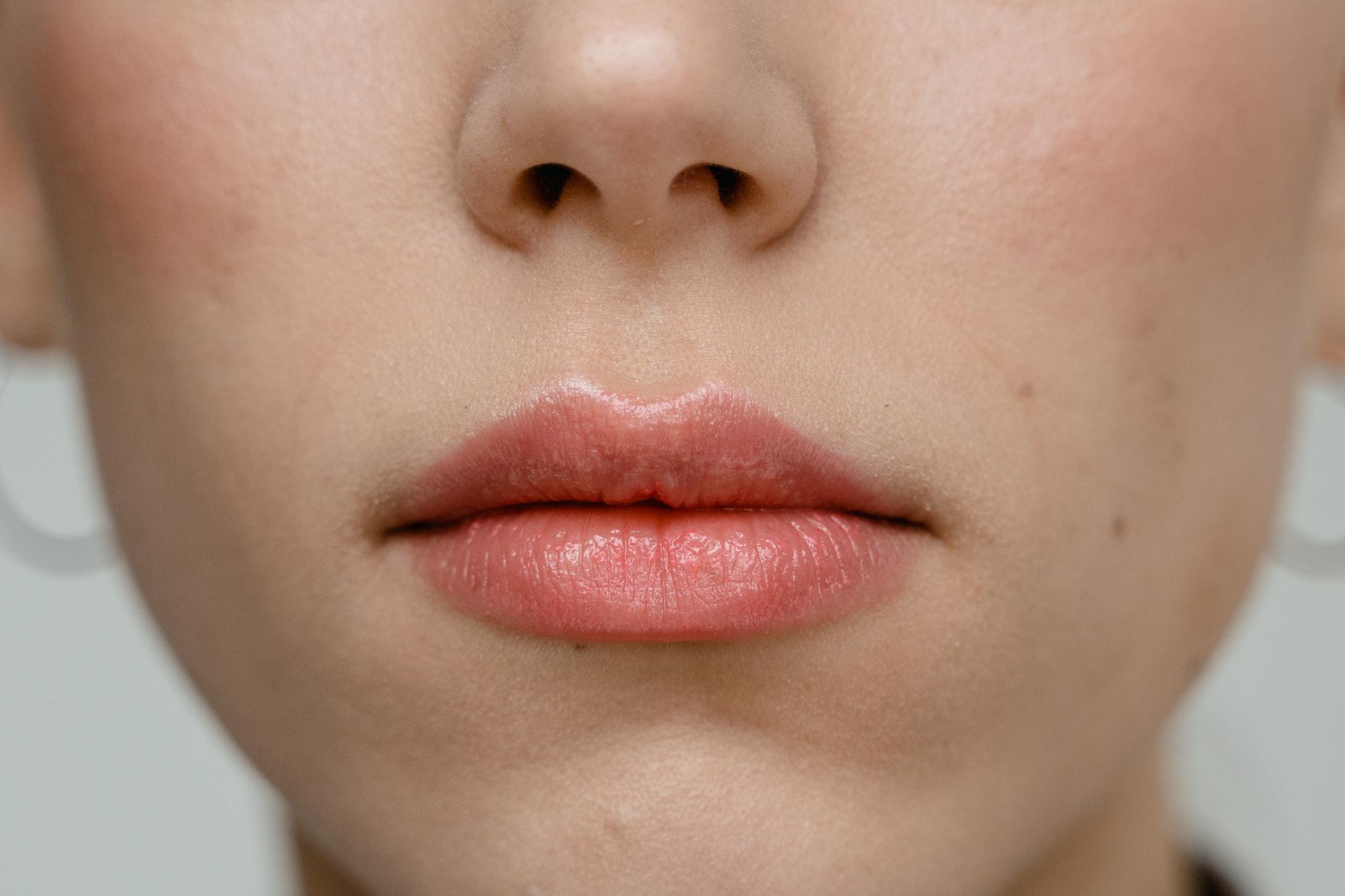Dermal fillers
With the increasing popularity of cosmetic procedures and media obsession with celebrities who’ve had treatments like Botox, there’s a tendency to lump anti-wrinkle injections, dermal fillers, and other procedures together as the same thing.
While these types of treatment involve injections into the skin to help make people look younger, there is a big difference in the way they work, the areas of the face they’re used, and what they can achieve. Below we’ve looked to answer a few frequently asked questions about dermal fillers in Brisbane.
How do dermal fillers work?
The most common type of dermal filler is a compound called hyaluronic acid that occurs naturally in soft connective tissue and in the fluid surrounding the eyes. It binds with water to act as a lubricant and shock absorber in the body, but when injected into the skin directly can add extra volume to diminish the appearance of fine lines and wrinkles and, therefore, help make people look younger.
Some of the other types of dermal fillers that are also regularly used for cosmetic purposes include:
- Calcium hydroxylapatite – Found naturally in bones, this mineral-like compound is made biosynthetically and often used to treat deeper wrinkles and folds in the skin.
- Poly-L-lactic acid – This substance works as a dermal filler that stimulates the skin to produce more collagen. It’s often used to restore structure to the face in cases of severe wasting or sagging.
- Polymethyl methacrylate – A collagen-based substance that can be used to soften wrinkles and treat acne scars.
- Fat – Often taken from other parts of the body and re-injected into the face to fill troublesome lines and creases.
What’s the difference between dermal fillers and anti-wrinkle injections?
When most people hear of dermal fillers, they often tend to mix it up with another popular anti-aging treatment – anti-wrinkle injections.
Both treatments primarily aim to reduce the appearance of lines and wrinkles in the skin, however, they do so with slightly different goals in mind. To put it briefly, anti-wrinkle injections work by relaxing your facial muscles and minimising the movement that causes wrinkle to form, whereas dermal fillers act to add immediate volume to these areas and smooth out the creases that are already there.
This subtle difference also means these treatments are used in slightly different areas of the face. For anti-wrinkle injections, the common sites are the forehead/frown lines, crow’s feet and eyebrow region. Dermal fillers, on the other hand, are more suitable for the chin, cheeks, lips and nasolabial areas.
You can see a full list of where dermal fillers can be used below and read more about anti-wrinkle injections in our separate post – Anti-wrinkle injections.
How long do dermal fillers work for?
Dermal fillers tend to make an immediate difference around the injection site, however the full impact can take a couple of weeks to be realised as the fillers settle into the skin and any minor swelling or bruising subsides.
As dermal fillers are naturally occurring materials that biodegrade in the body, these types of treatments aren’t permanent and will need to be topped up periodically. This typically starts at around 6-12 months, however the longevity will ultimately depend on the type of fillers used, how much is injected, as well as the individual’s skin type, age and the degree to which they look after their skin.
Where can dermal fillers be used?
Dermal fillers can be used to create a more youthful appearance by targeting the following facial areas:
- Increasing lip volume – Perhaps the most well-known use, dermal fillers help make lips look full and plump.
- Lifting cheeks – Dermal fillers correct the natural sagging of the cheeks to deliver greater definition and lift.
- Fill lines – Dermal fillers smooth the deeper wrinkles that naturally occur on the forehead and around the lips through age and facial movement.
- Re-shaping facial features – Dermal fillers are used as a non-surgical alternative for reversing signs of aging around the lower regions of the face, such as sagging neck, chin or jowls.
- Softening of scars – Dermal fillers can smooth indentations and texture variations to help make scars less visible.
How much do dermal fillers cost?
The biggest factor in determining the cost of dermal fillers is the type of filler and the amount used, which will also be heavily determined by the area of the face being treated and the objectives of the treatment.
Most skin care clinics charge dermal filler injectables by the millilitre (mL) – some treatments will only require the minimum amount, while others may need up to 3mL in each of numerous injection sites.
Overall, dermal fillers that use fat are generally the most expensive as they involve separate procedures to extract the material from the body first and then inject it into the target region.
Where can I get dermal fillers in XXXXXX?
Dermal fillers in XXXXXX are available at our skin care clinic, conveniently located close to the CBD in XXXXXX.
Administering dermal fillers typically takes less than an hour and for most patients is a very comfortable procedure without the need for topical anaesthetics. Some redness, swelling and bruising around the injection site may be experienced, but these usually resolve within 24 hours.
If you haven’t had dermal fillers before and would like to discuss your treatment options with the team at our XXXXXX skin care clinic, we recommend booking a consultation first to see if it’s right for you.
For more information about dermal fillers in XXXXXX or to make a booking, contact XXXXXX on 1300 XXXXXX.

Post a comment